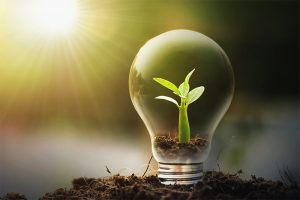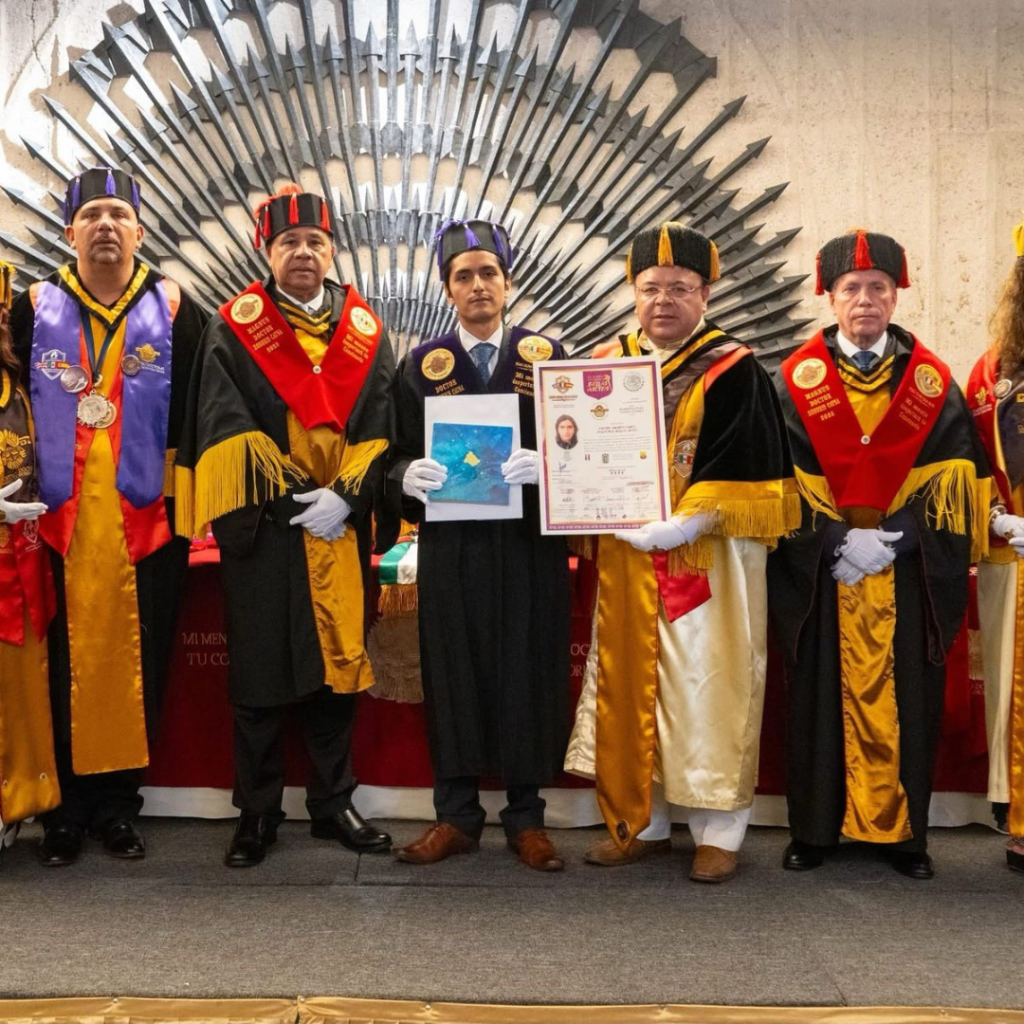The COVID-19 pandemic marked a turning point for nearly 8 billion people across the globe.
Although zoonotic diseases are not alien to the history of mankind, the impact of the current pandemic is the result of a series of factors related, among others, to globalization and the acceleration of global trade, urban sprawl, population growth and human mobility between nations. However, the degradation of ecosystems, wildlife trafficking, climate change, and excessive pressure on ecosystems have all added to the magnitude of this crisis.

The World Economic Forum's recent Global Risks Report 2021 lists infectious diseases and failure of climate action as the top two risks in terms of impact and likelihood of occurrence. They are followed by biodiversity loss, natural resource crises and human environmental damage.
It is no coincidence then that trends point to a paradigm shift in which sustainability is at the center of development. Sustainable finance, resilient cities, innovation, nature-based solutions, energy transition and decarbonization of economies, a global Green New Deal, the technologies of the fourth industrial revolution, and the circular economy are just some of the opportunities that lie ahead to generate this change.
The big question then is: is this transition to a path of global and local sustainability possible? Yes, it is possible. Yes, it is feasible. However, the path is not a simple one. The post-pandemic reactivation scenario requires definitions, political will and openness of all sectors to move towards a new social contract that makes recovery viable, with resilience and equity.
Just a few days ago we received with surprise the news that three large European banks (NP Paribas, Credit Suisse and ING) committed to stop financing the oil trade in the Ecuadorian Amazon. This is evidence of the capacity of finance and investment markets to generate change and redirect financial flows towards activities that are respectful of the environment and communities.
Another relevant fact is that by 2030 a significant reduction inCO2 emissions from the energy sector and industrial processes is expected due to investment in clean energy technologies. Taking the case of Ecuador, we see how the new transportation systems in Guayaquil (Aerovía), Cuenca (tramway) and Quito (metro) promote the mobility of people based on electric energy, free of fossil fuels. The decarbonization of transportation is possible!
An additional driver for sustainability is the circular economy model. However, this model poses challenges not only to generate value chains that allow reinserting waste in new production processes, but also to change the logic in the design processes of products and services. Gira, for example, is a company dedicated to integrated waste management that recovers cardboard, flexible plastic and other materials (PET, rigid plastic, paper, polystyrene, Tetra Pak, glass, tin) used in post-consumer and industrial processes, generating raw material for new products. This circular model does require investment in research, innovation and technology development/transfer.
So, yes, it is possible to move towards a scenario of sustainable reactivation with alternative production and consumption systems that prioritize people's well-being, but without exceeding planetary limits. The future will be green or it will not be... it depends on each one of us.
By: Daniel Barragán
Director of the International Center for Research on Environment and Territory of Hemisferios University.





